This is the first time an amateur astronomer has discovered a moon around Jupiter.
An amateur astronomer has discovered a previously unknown moon around Jupiter after poring over old telescope images, a major first.
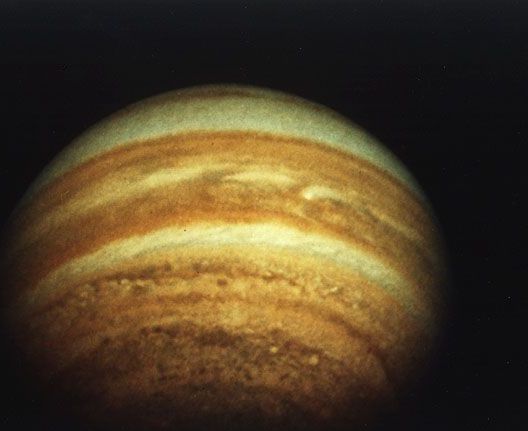
Magnetic shields could help earth if we lost out outer shielding from atmosphere and stuff.
The space agency is considering an artificial magnetic field around the planet to defend against harmful radiation from the sun.
Thermoelectric cooling helmets for motorcycles can finally lead to spacesuits becoming electrically cooled.
530361 views • Aug 4, 2018 • The Feher ACH-1 is the world’s first and only self-contained air-conditioned motorcycle helmet. By utilizing thermoelectric technology, the patented full-face ACH-1 evenly distributes filtered, cooled air freely throughout the entire interior of the helmet. Integrating Feher’s patented Tubular Space Fabric with the helmets comfort liner allows the helmet to provide consistent, optimal temperature.
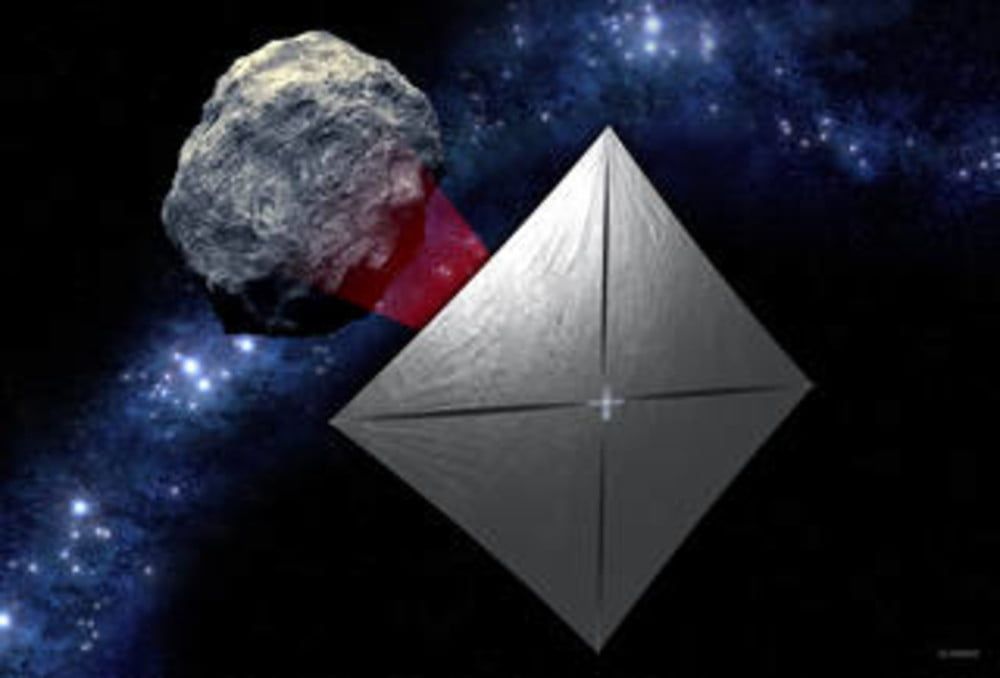
Following the success in 2019 of Bill Nye and the Planetary Society’s solar sail craft LightSail 2, NASA plans to launch its own solar sail project to investigate near-Earth asteroids.
The Near-Earth Asteroid Scout (NEA Scout) is a small satellite around the size of a shoebox that will sail through space powered by sunlight. The hardware will consist of a stainless steel boom structure across which a thin, aluminum-coated plastic sail will be stretched. The total area covered by the sail is around that of a racquetball court, and as photons from the sun bounce off the shiny surface, they will propel the craft forward.
As wacky as this idea sounds — it was made famous by, among others, science fiction author Arthur C. Clarke — it has been shown to work in low-Earth orbit by the LightSail project. Now NASA will take this one step further by deploying a solar sail in deep space.


Hubble is back!
The Hubble Space Telescope has powered on once again! NASA was able to successfully switch to a backup computer on the observatory on Friday (July 16) following weeks of computer problems.
On June 13, Hubble shut down after a payload computer from the 1980s that handles the telescope’s science instruments suffered a glitch. Now, over a month since Hubble ran into issues, which the Hubble team thinks were caused by the spacecraft’s Power Control Unit (PCU), NASA switched to backup hardware and was able to switch the scope back on.
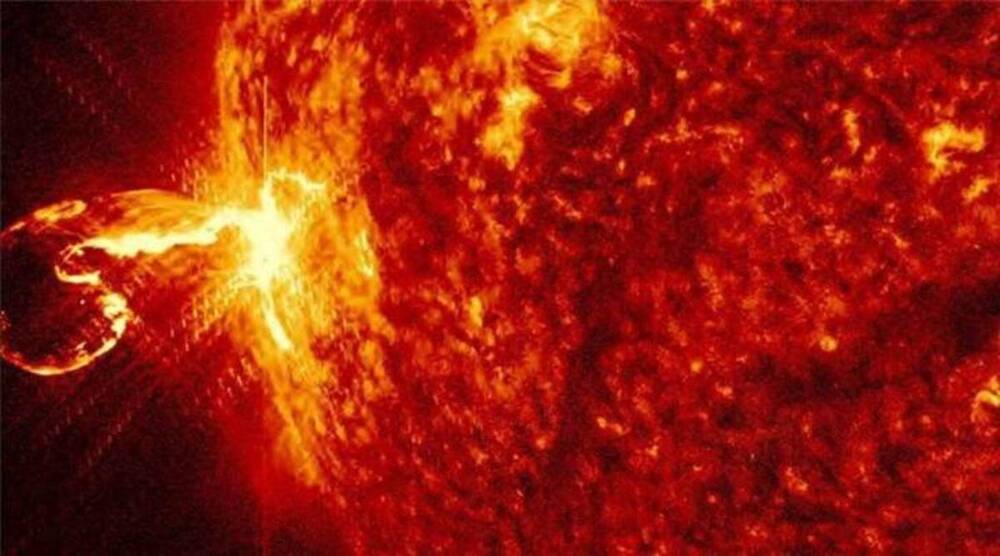
For the first time, space weather disruptions triggered by the Sun were measured using pulsars with the help of the upgraded Giant Metrewave Radio Telescope (uGMRT) in Pune.
Usually weighing 1.5 times more than the sun, pulsars are massive stars which rotate at a very high speed (up to 600 rotations per minute) and emit periodic radio flashes. Pulsars are considered the most accurate clocks in the universe and scientists accurately predict their flashes.
Using uGMRT, astronomers record pulsar radio flashes once every 14 days and it was during one such observation in February 2019 that they chanced upon Coronal Mass Ejection (CME). One such disruption, resultant CME, was confirmed based on the abnormally-delayed radio signals received from PSRJ2145 – 0750, the pulsar source under uGMRT observation, on February 23, 2019.

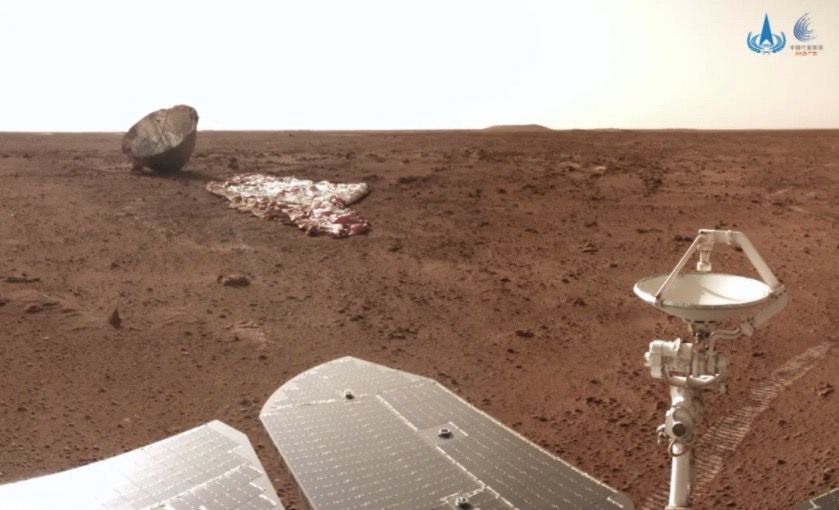
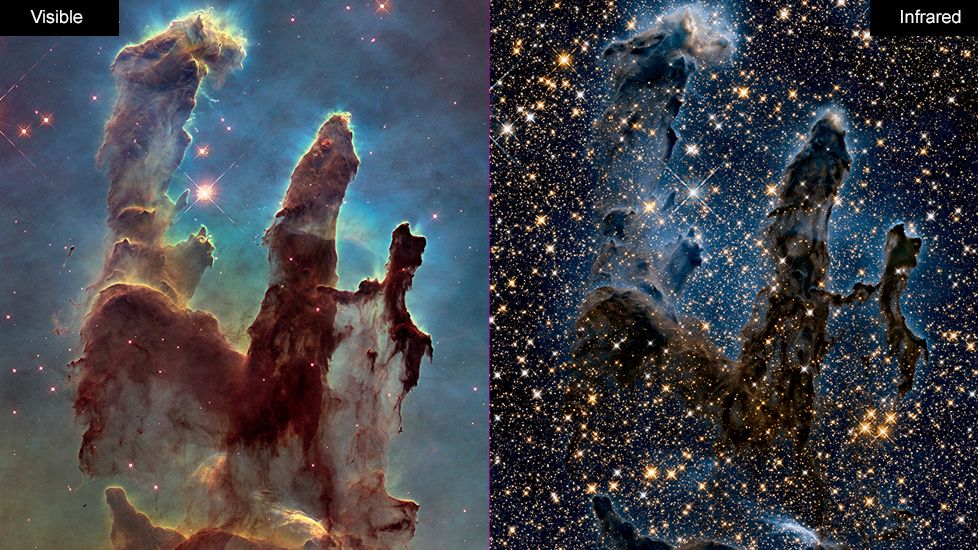
“There was cheering in the control center” when word came that NASA had brought a key computer back, says James Jeletic, the Hubble project’s deputy project manager.
The Hubble Space Telescope is returning to operation more than a month after its original payload computer shut down. NASA said it has successfully switched over to its backup computer — and while the process of bringing the system back online is slow, the agency has started to bring science instruments out of “safe mode.”
“There was cheering in the control center” on Thursday night when word came that NASA had managed to restore the payload computer, James Jeletic, Hubble’s deputy project manager, told NPR.
“There’s a big sense of relief,” Jeletic said.